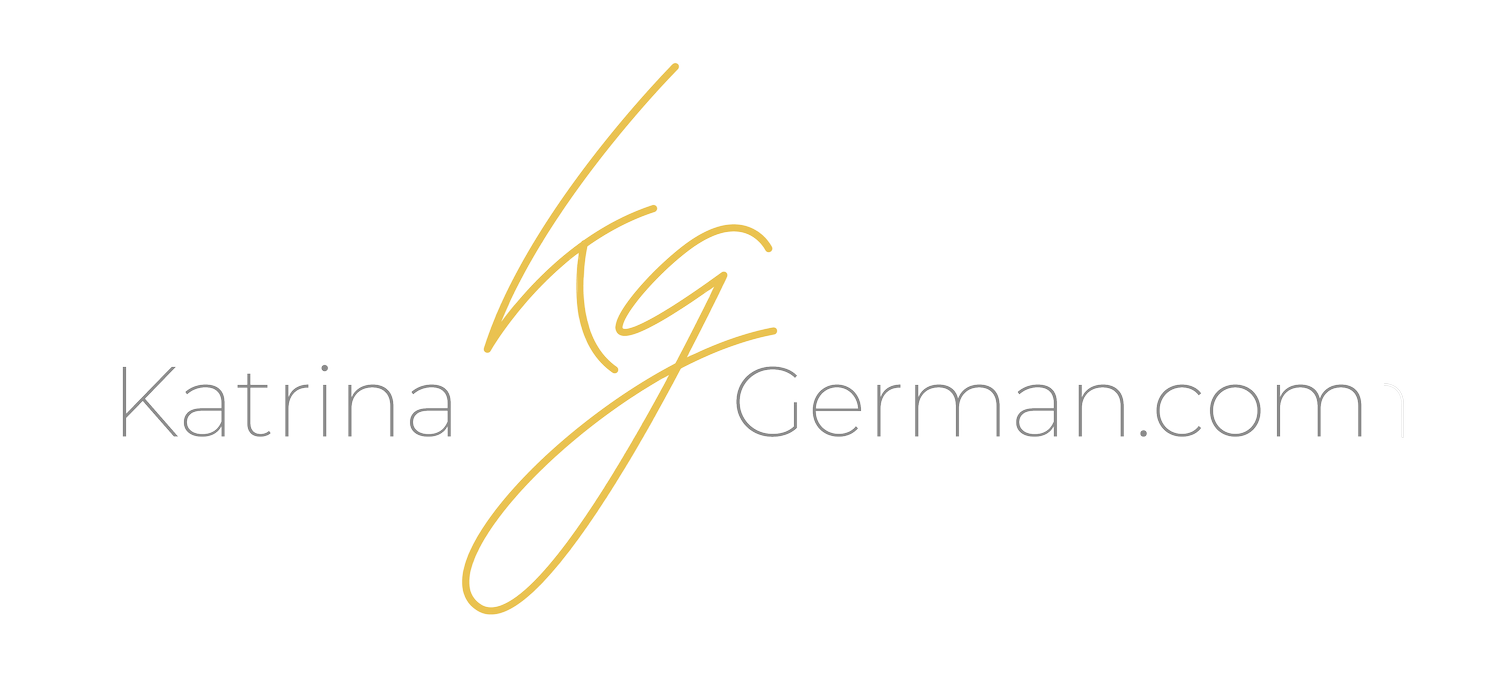What Ghost Hunting taught me about Digital Strategy
I had the good fortune to spend four seasons—over six years!—hunting ghosts with the team from The Other Side . Produced by Angel Entertainment and still airing on APTN, this half-hour television show details an Indigenous approach to paranormal investigation. As the brave team pursued restless spirits across Canada, the digital team worked on building an online audience and increasing engagement with the televised show.
Working alongside Annelise Larson, the boss babe who introduced me to the importance of measuring data, we utilized our funding from the Canada Media Fund to create the show’s online community. Her team at Veria.ca still grows the audience on this awesome show.
While I was with this fantastic team, I learned a few valuable lessons:
It Takes Time to Build an Engaged Audience: More than 35,000 people follow the Facebook page today, but there were many days in the early parts of this strategy where we would regularly post to crickets. *chirp chirp* We needed to keep our audience engaged, even between the airing of one season to the next. There was a year and a half delay between the airing of season 2 and season 3! To keep up the momentum, we shared behind the scenes footage, stories and photos.
Cool tech can soothe a restless audience: Although it is no longer available, we created an app called “Post My Ghost” to keep people entertained between seasons. With the app, users could hunt paranormal activity in their own homes and communities and share it with other people. Annelise’s team also created a Facebook app that would provide a visual representation of people’s beliefs about the afterlife and a mobile game. Each of these “special features” created an experience for the audience even when the show was not being broadcast.
Authentic Video can be very Powerful: We often shared behind the scenes footage and short “insider” videos with the cast that were released around each episode. We were also able to capture simple phone videos of Tom Charles (our esteemed elder) at his home and sharing his beliefs. Before zoom video meetings were all the rage, we also had “meet the team”-type videos and “where are they now” follow-ups with people who were a part of the early investigations. Video, even when it is not professionally shot, is a very powerful tool for keeping people connected.
Some things didn’t work: Annelise’s team created a Facebook messenger chatbot to deal with the large number of Facebook messages we were getting. Because Facebook kept changing its standards, the lack of consistency meant answers weren’t matching the questions, so we stopped using it. (Pro tip: just don’t use a bot for Facebook—it doesn’t work, and it’s not personal!). Also, we launched a crowdfunding campaign to have our community support student videos, but it wasn’t that successful for raising funds. The community wanted to be engaged, but they weren’t interested in spending money, not even on merchandise. Even though this idea wasn’t a financial success, it did help grow our audience and reach some new people. Some ideas work and some won’t, but it’s important to try new things and build on the successes.
I Ain’t Afraid of No Ghosts: ‘Nuff said.
The incredible team at The Other Side was like family to me, and I am so grateful for the time I spent with them developing cool digital projects and exploring the beyond! My time as the “Director of Digital Awesomeness” (yes I gave myself that title) was truly a cool life experience.
